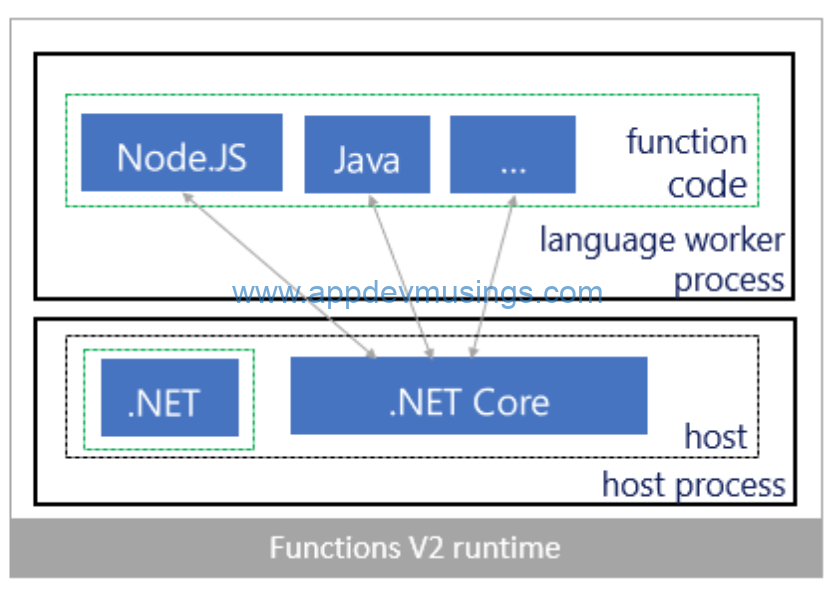This is the next part of the series on developing and deploying
- Angular, ASP.NET Core Web API and SQL Server to Azure Kubernetes Service
- Function Apps using Azure Functions 2.0 runtime
In this article I am going to go through steps needed to add real-time web functionality to Angular App using ASP.NET Core SignalR and Azure SignalR Service bindings for Azure Functions 2.0. The specific topics which this article is going to cover are
- Add ASP.NET Core SignalR to ASP.NET Core 2.1 Web API
- ASP.NET Core SignalR
- ASP.NET Core SignalR scale out using
- Azure SignalR Service backplane
- Redis Cache backplane
- Publish/Subscribe messages to SignalR Hub from Angular App
- Publish/Subscribe messages to SignalR Hub using Azure SignalR Service bindings for Azure Functions 2.0 from Angular App
- Build Docker images and deploy to Azure Kubernetes Service
The previous articles of this series are
Azure Kubernetes Service (AKS) – Deploying Angular, ASP.NET Core and SQL Server on Linux
Azure Functions 2.0: Create, debug and deploy to Azure Kubernetes Service (AKS)
The tools used to develop these components are Visual Studio for Mac/VS Code/VS 2017, AKS Dashboard, Docker for Desktop and kubectl.
